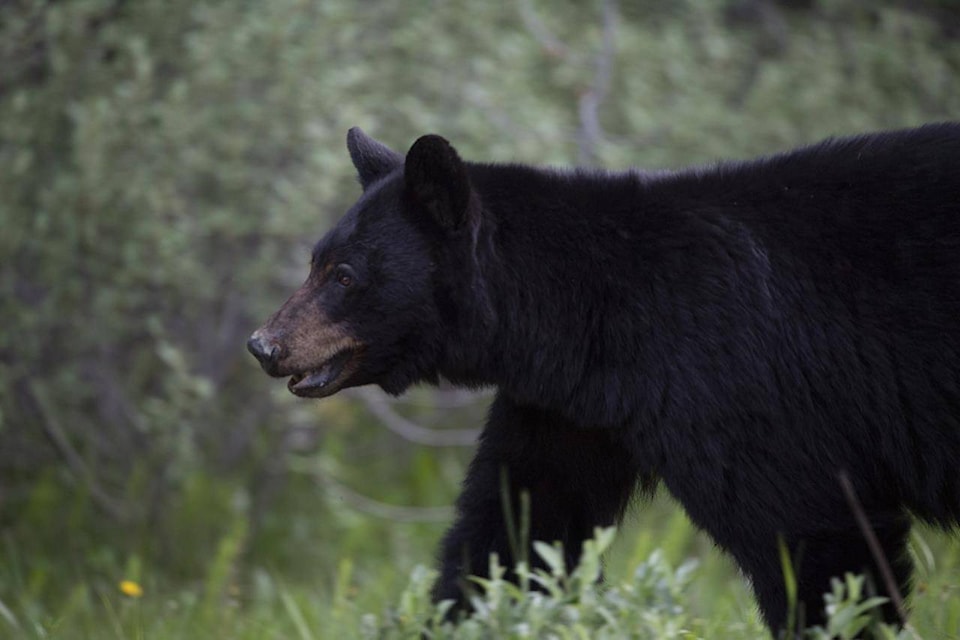Wildfire smoke may still be thick in the air, but fall is coming and with that, a change in wildlife behaviour.
WildSafeBC Central Okanagan coordinator Meg Bjordal said as summer turns into autumn, bears enter a new phase called hyperphagia, a period of intense eating.
Bjordal said bears eat as much as 20,000 calories a day to put on fat in preparation for winter hibernation. But with the drought conditions, natural food sources for bears are also drying up, so they’re coming into communities earlier this year to feed.
“What can happen, and what we’re already starting to see a little bit earlier this year because of the drought conditions, as natural food availability at higher elevations starts to dwindle, bears will move down into the valleys where there is usually greenery still available,” she said.
“Of course in the valleys, that’s where our communities are. So what can happen is we can end up with more bears in our communities in the fall that are just looking for food.”
When this happens, bears get into people’s garbage but they are also attracted by fruit trees, bird feeders and compost bins.
“When bears have access to these unnatural food sources, it can lead to conflict situations that aren’t safe for the bears or for the people,” she said.
“It’s really important for every resident to take responsibility for managing attractants on their property.”
READ MORE: Thompson-Okanagan Tourism Association urges tourists to postpone vacation
Managing attractants includes not taking out garbage bins until the morning of collection and securing bins indoors, cleaning out bird feeders, picking up fruit that has fallen to the ground, and picking fruits from your trees as soon as they ripen.
Bjordal said freezing garbage can also help manage its scent, especially if you’re keeping it indoors.
“It’s important that residents take these steps seriously because it helps keep the bears and the people safe.”
With wildfires raging in the Interior, she added that more wildlife may be visible to us in the area as they flee from the fires. And as evacuation alerts and orders are issued, Bjordal said it’s important to put garbage away, especially if residents have enough time to do so before leaving their property. This way, she said, wildlife don’t feed somewhere while there are fires around them.
Should you see an injured animal in your community or just to report a sighting, you can call the Conservation Officer Service at 1-877-952-7277.
READ MORE: Not safe for many White Rock Lake wildfire evacuees to come home yet: North Westside Fire Chief
READ MORE: ‘See it as a call to action’: B.C. scientists rally behind UN climate change report
@twilamam
twila.amato@blackpress.ca
Like us on Facebook and follow us on Twitter.
